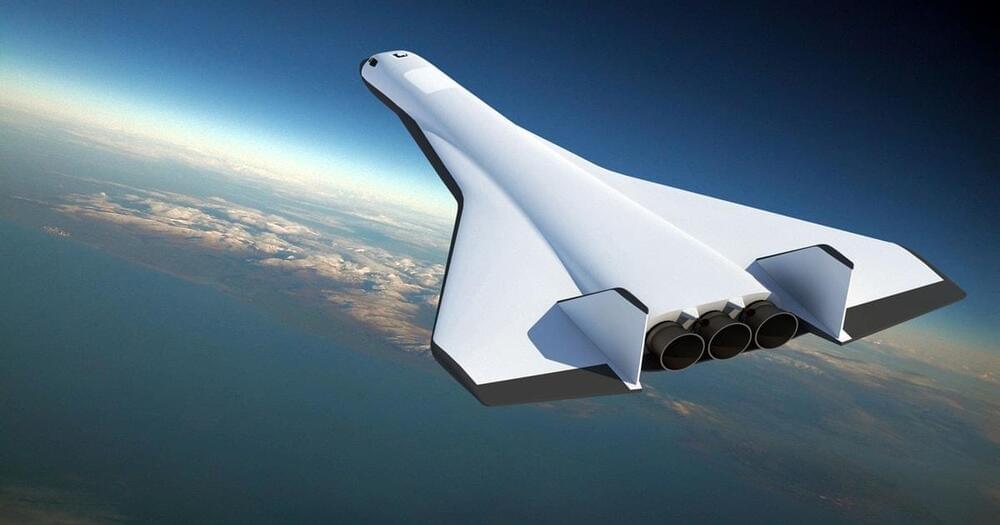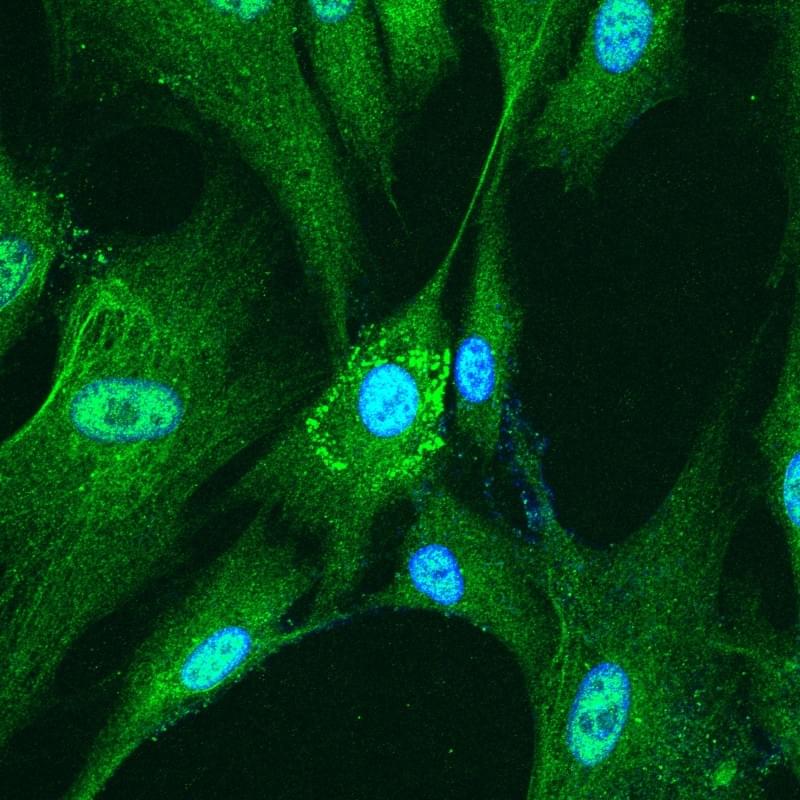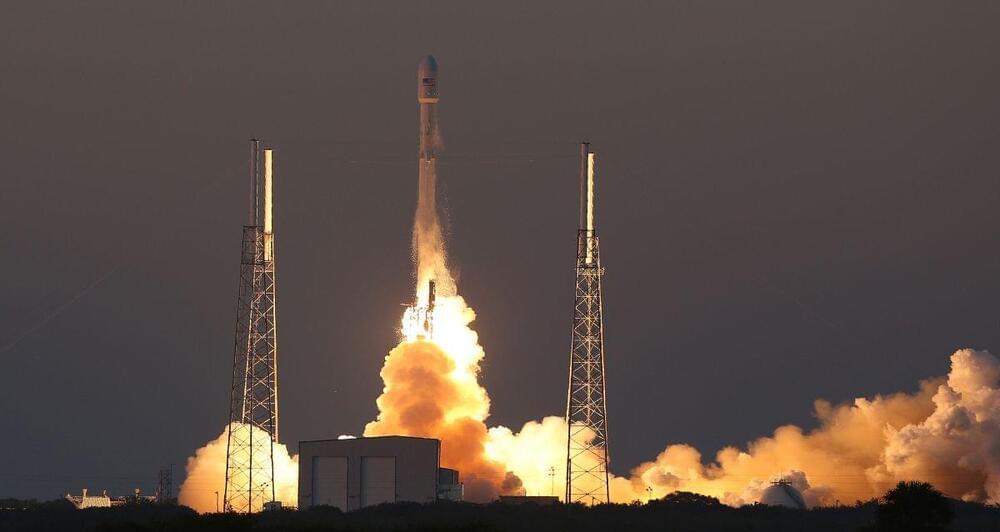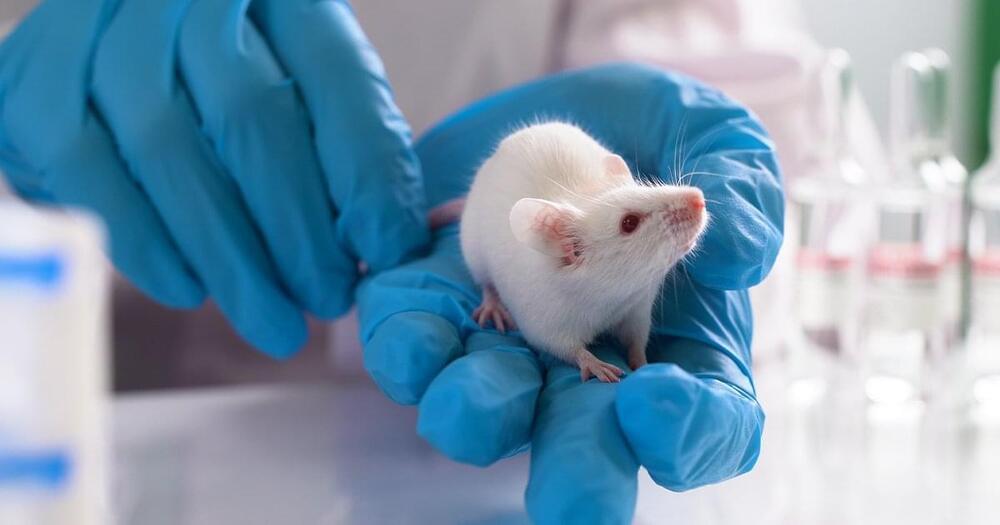It’s the holy grail of spaceflight, and it could come sooner than many expect.
This month, Washington-based Radian Aerospace announced that it’s building a spaceplane that takes off and lands horizontally. The reveal sparked excitement about what could be considered the holy grail of the decades-old industry.
Christie Maddock, a lecturer in mechanical and aerospace engineering at the University of Strathclyde, says that the “alluring concept” has been around for nearly a century.
“The announcement by Radian Aerospace is exciting, mainly in that it means work in this field, towards this goal, is ongoing,” Maddock tells Inverse. “What exactly that work is, and how successful they may be, is impossible to tell without knowing the technical details.”









